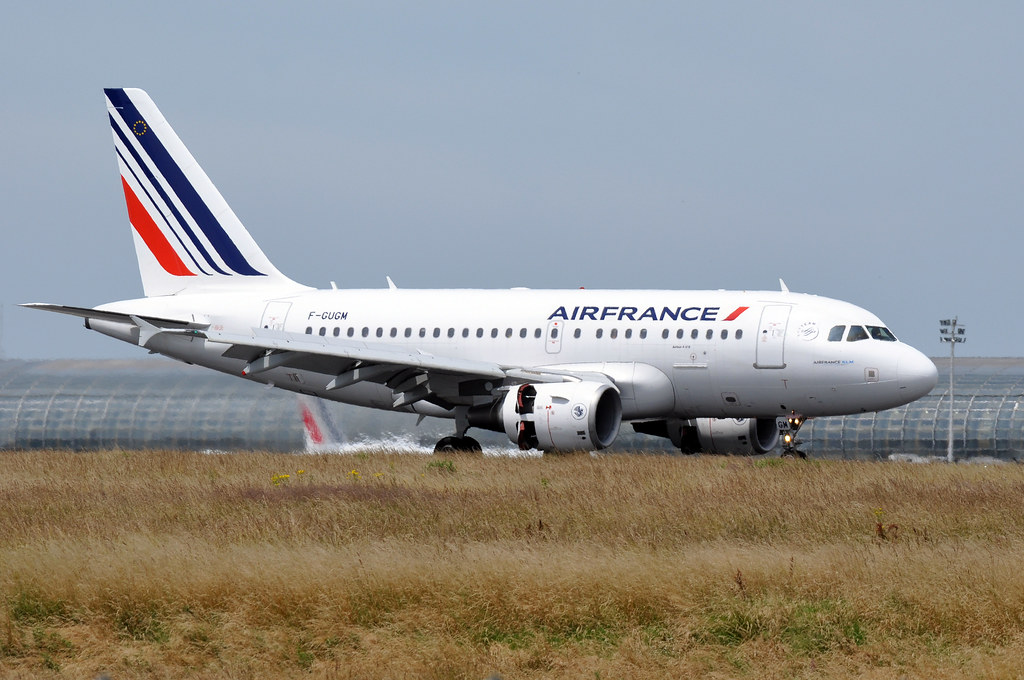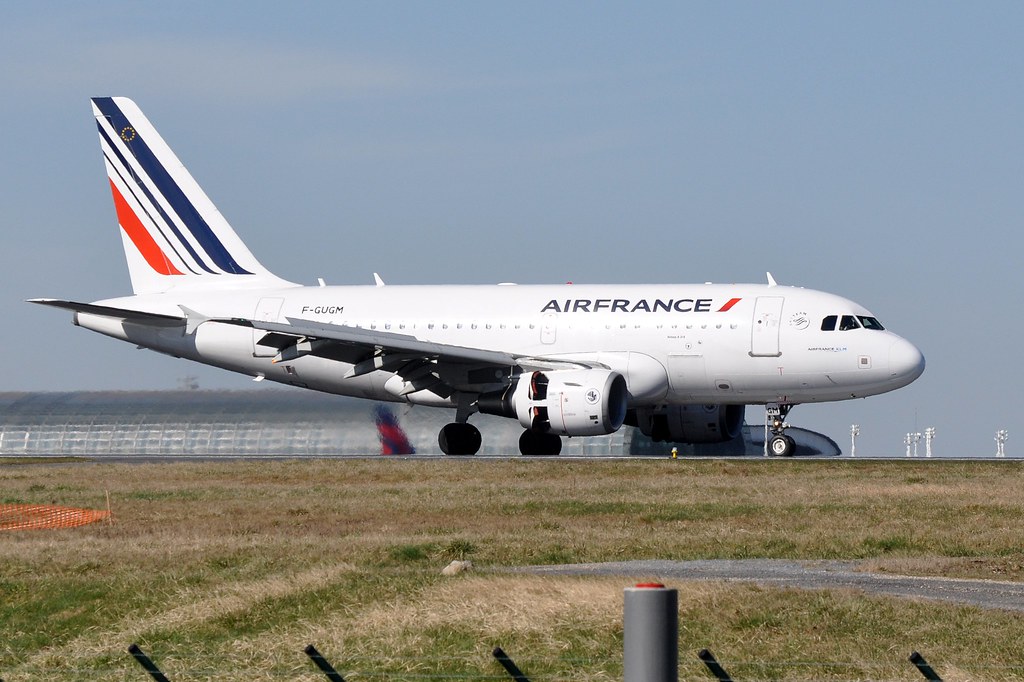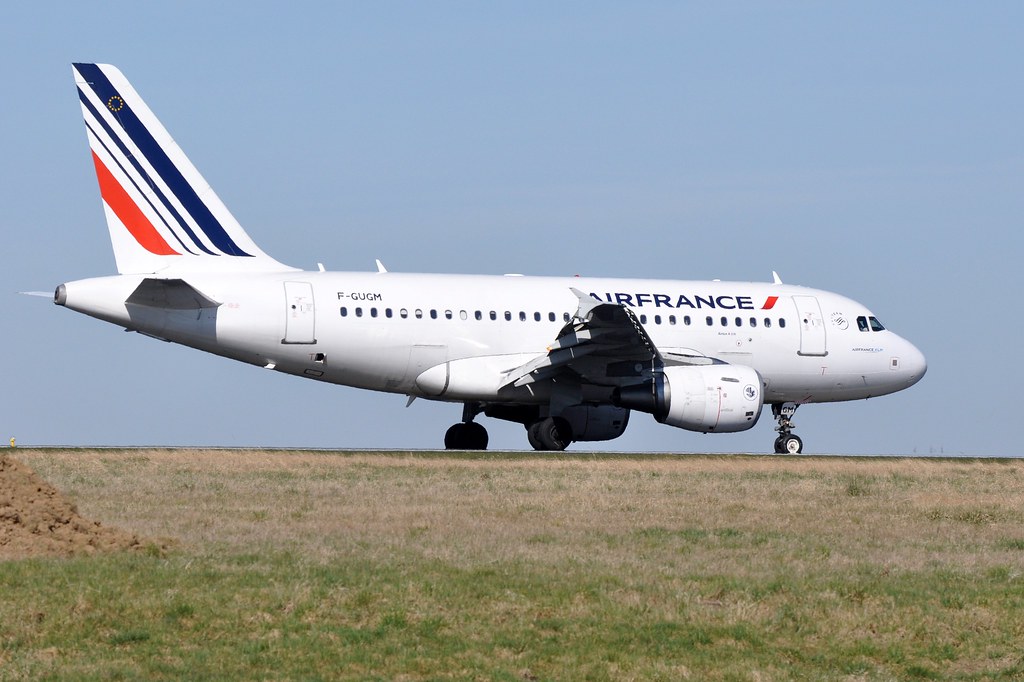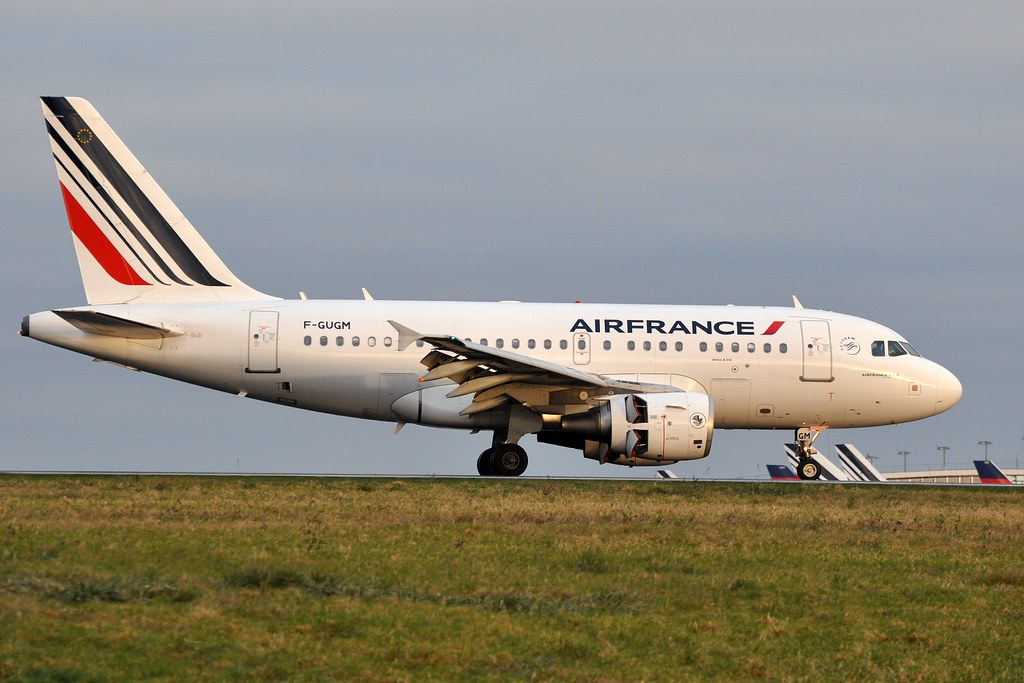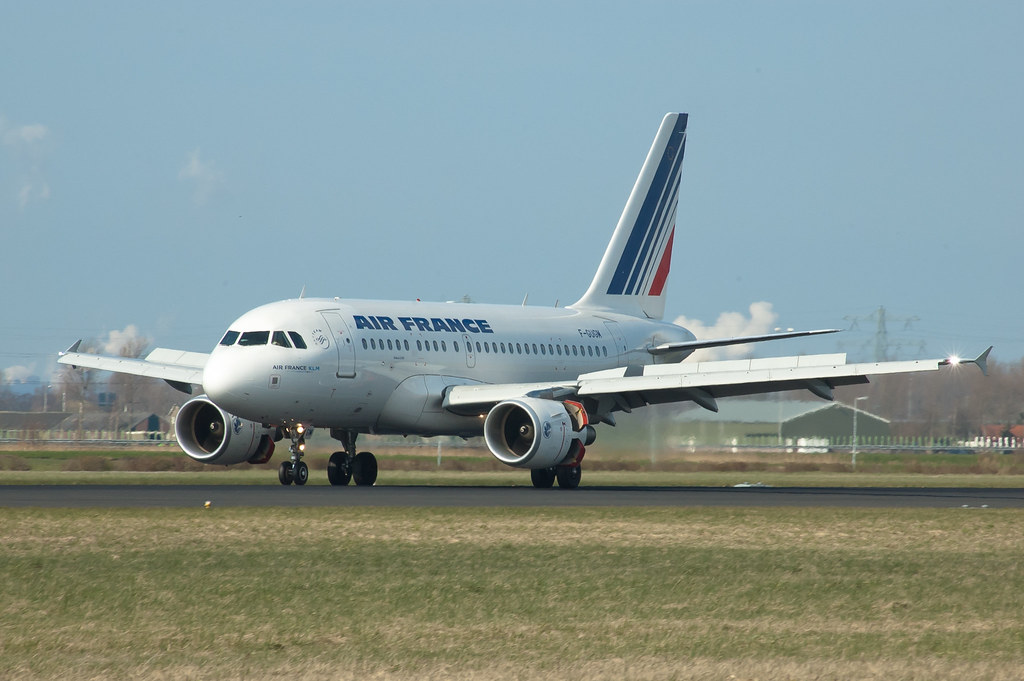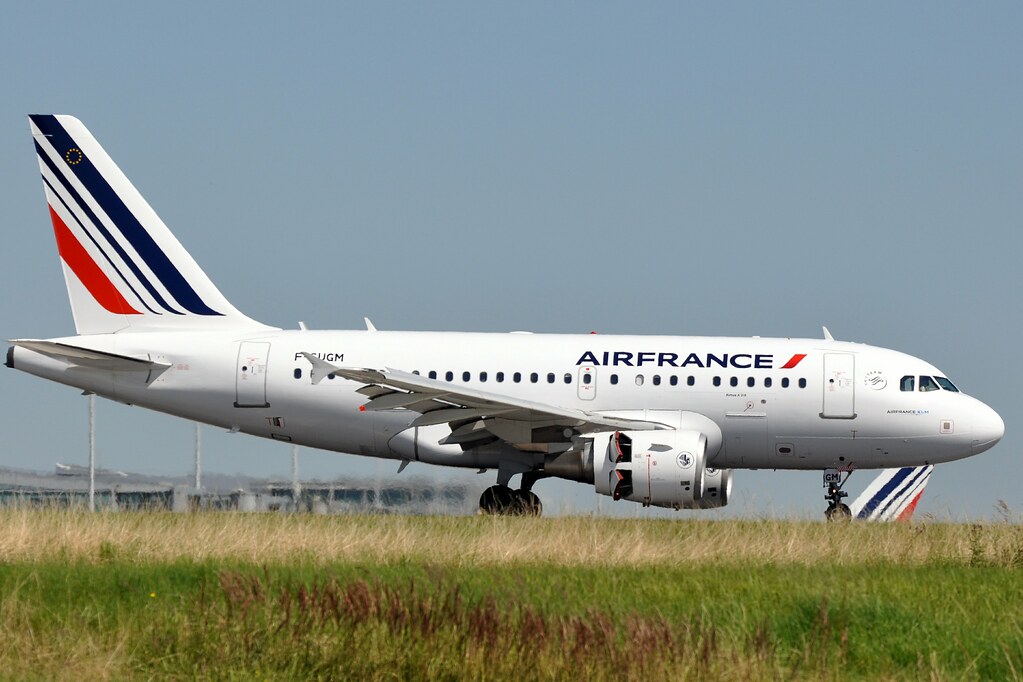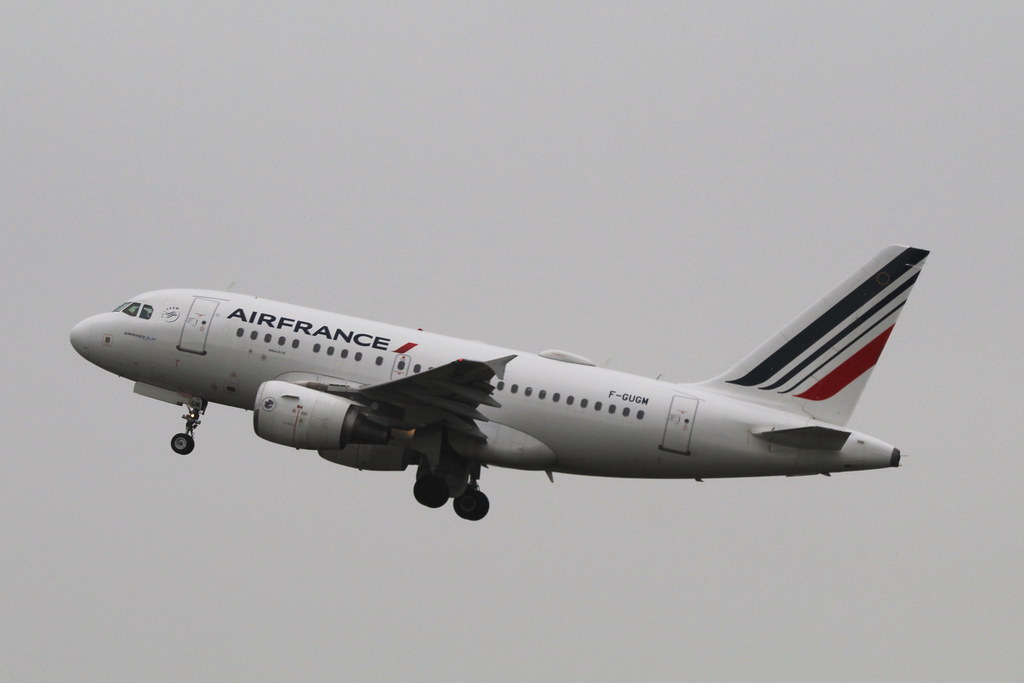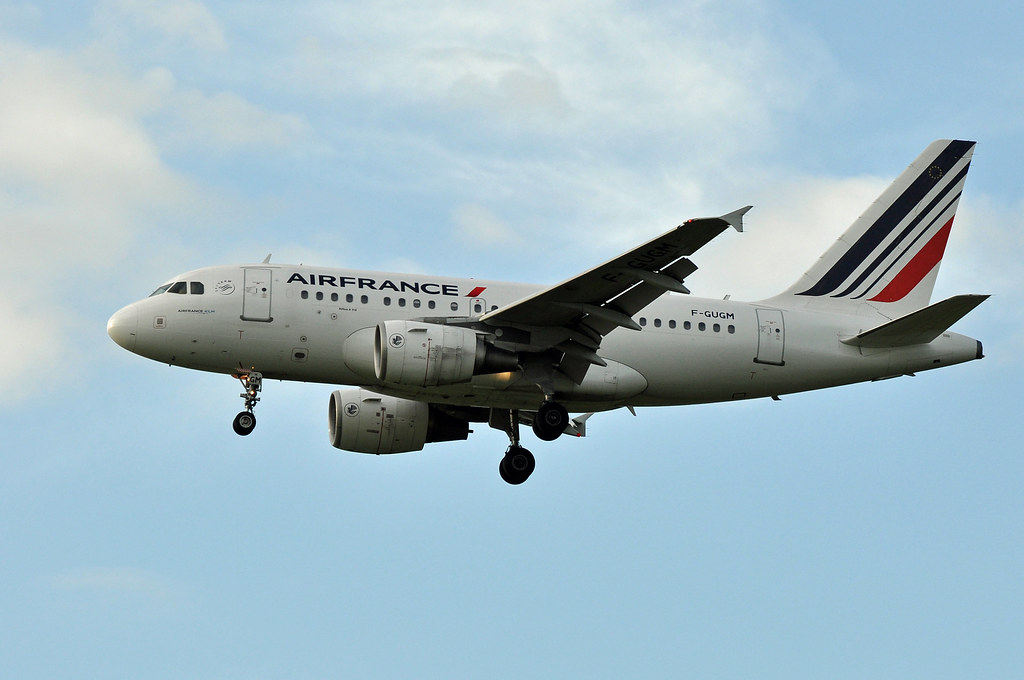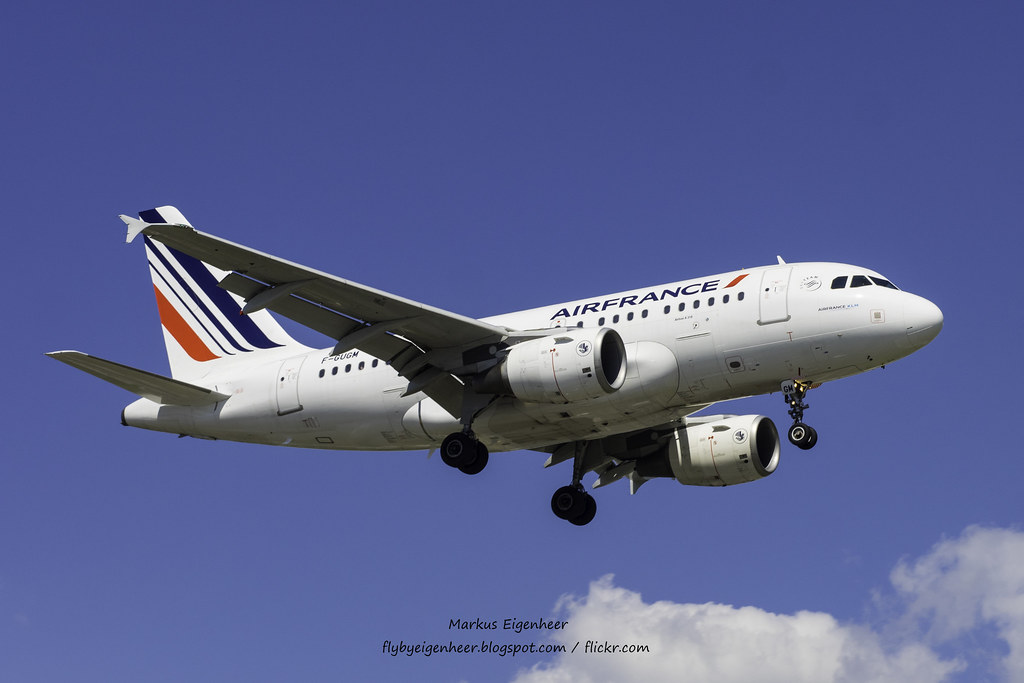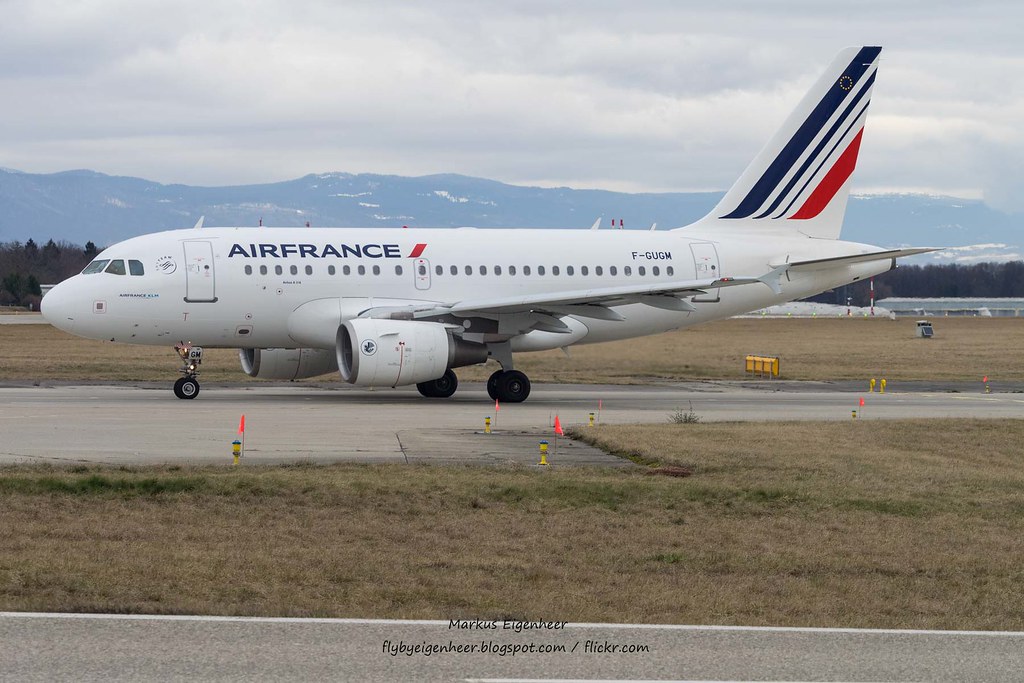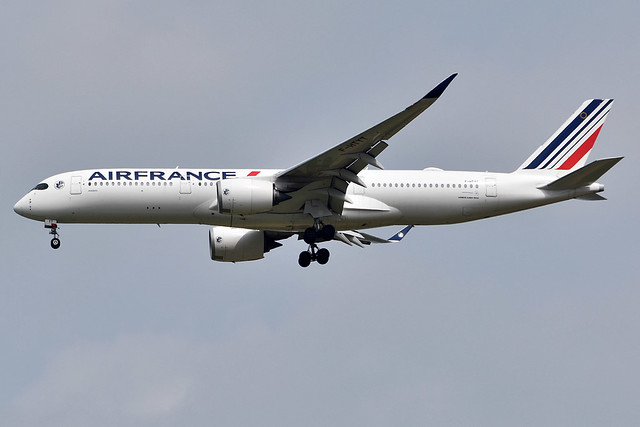France A318 at Paris on Sep 12th 2020, descended below safe height on ILS approach
Last Update: March 24, 2022 / 10:58:55 GMT/Zulu time
Incident Facts
Date of incident
Sep 12, 2020
Classification
Incident
Airline
Air France
Flight number
AF-7487
Departure
Biarritz, France
Destination
Paris Orly, France
Aircraft Registration
F-GUGM
Aircraft Type
Airbus A318
ICAO Type Designator
A318
On Oct 5th 2020 the French BEA reported the approach was not stabilized. The occurrence was rated an incident and is being investigated by the BEA.
On Dec 17th 2021 the BEA released their final report in French only concluding the probable causes of the incident were:
- the decision to carry out a quick approach on a shortened trajectory outside the framework of standard operating procedures and without briefing, which generated time pressure without operational reasons
- the absence of callouts by the pilot monitoring about trajectory and speed deviations
- exceptional under-activity by the crew in the preceeing 6 months
- the final radar guidance above the glide path which left little room to the crew for maneouvering to reach stabilization at 500 feet AGL
This may have contributed to the continuation of the approach below 500 feet:
- Crew's lack of awareness of risks associated with continuing unstabilized approaches
The BEA have pledged to release an English final report in due time, the analysis will be summarized with the English final report.
On Mar 24th 2022 the BEA released their final report in English concluding the probable cause of the incident was:
The following factors may have contributed to the non-stabilization of the approach:
ˆ- The decision to carry out a fast approach on a shortened path, outside the scope of the SOP and without carrying out a specific briefing which generated time pressure for no operational reason.
ˆ- The absence of call-outs by the PM regarding the flight path and speed deviations.
- An exceptional context in which the crew’s flight activity in the six months preceding the event had been low.
- The final radar vectors bringing the aeroplane above the approach slope which left the crew little room for manoeuvre to reach stabilization at 500 ft AAL.
The following factor may have contributed to the approach being continued below 500 ft AAL:
- The crew’s lack of knowledge about the risks associated with continuing non-stabilized approaches.
The BEA summarized the scenario:
In descent to Paris-Orly airport, the crew took the opportunity of following a shortened route proposed by the approach controller. The captain (PF) decided to carry out a fast approach, outside the profile specified in the SOP. The radar vectors brought the aeroplane to two dots above the Glideslope, after the gate recommended by the Orly unit (chevron) on the final path. The PF’s strategy was first of all, to maintain 250 kt and to increase the vertical speed to join the approach slope, and then once on the slope, to reduce the speed in order to be able to configure the aeroplane for landing. This led to a temporary deviation from the approach slope.
At 6 NM from the threshold of runway 25, at 2,287 ft (2,000 ft AAL), stabilization was compromised. The crew, who already had a high workload, did not then have the necessary resources to identify that the approach could not be stabilized at 500 ft. At 5.5 NM from the threshold of runway 25, the PF asked for the flaps to be extended to configuration 1. Shortly after, the co-pilot (PM) modified the final configuration for landing, both on the FMS and the overhead panel which probably contributed to his monitoring of the flight parameters becoming less effective. At the same time, having the runway in sight, the PF’s eyes left the instruments. He made a nose-down input which resulted in a high vertical speed which led to the activation of the GPWS warning on board and the MSAW in the tower.
Subsequent to this, continuing the approach was not called into question. The PM had a very high workload, between monitoring the flight path, carrying out the radio communications and continuing the configuration of the aeroplane. At 500 ft AAL, the crew considered that the aeroplane was in the process of stabilizing. They chose to continue as they were convinced that both the stabilization would be quickly acquired after 500 ft and that the landing could be carried out safely.
Without being aware of it, the crew, at this point, probably had very few mental resources available to deal with an unexpected event.
A posteriori, after landing, the absence of consequences in continuing the approach probably reinforced the crew’s belief that their decision had been the right one.
The BEA analysed the weather situation:
The general situation was calm and sunny, temporarily overcast with a light northwesterly wind.
The 15:03 ATIS indicated an ILS 25 approach, landing on runway 25, take-off from runway 24, transition level 60, wind 300° 6 kt. CAVOK. Temperature 23°C/dew point 11°C. QNH 1022/QFE 1011.
Incident Facts
Date of incident
Sep 12, 2020
Classification
Incident
Airline
Air France
Flight number
AF-7487
Departure
Biarritz, France
Destination
Paris Orly, France
Aircraft Registration
F-GUGM
Aircraft Type
Airbus A318
ICAO Type Designator
A318
This article is published under license from Avherald.com. © of text by Avherald.com.
Article source
You can read 1 more free article without a subscription.
Subscribe now and continue reading without any limits!
Read unlimited articles and receive our daily update briefing. Gain better insights into what is happening in commercial aviation safety.
Send tip
Support AeroInside by sending a small tip amount.
Related articles
France A318 enroute on Mar 11th 2025, odour in cabin
An Air France Airbus A318-100, registration F-GUGM performing flight AF-6101 from Toulouse to Paris Orly (France), was enroute when a suspicious…
France A359 at Buenos Aires on Nov 20th 2025, smell of smoke on board
An Air France Airbus A350-900, registration F-HTYT performing flight AF-411 from Buenos Aires Ezeiza,BA (Argentina) to Paris Charles de Gaulle…
France A359 near Munich on Nov 9th 2025, burning odour in cockpit
An Air France Airbus A350-900, registration F-HUVC performing flight AF-264 from Paris Charles de Gaulle (France) to Seoul (South Korea), was enroute…
France B773 over Switzerland on Oct 24th 2025, heat in the cabin
An Air France Boeing 777-300, registration F-GZNG performing flight AF-652 from Paris Charles de Gaulle (France) to Saint Denis (Reunion) with 312…
France A320 at Amsterdam on Sep 24th 2025, engine problem
An Air France Airbus A320-200, registration F-GKXQ performing flight AF-1741 from Amsterdam (Netherlands) to Paris Charles de Gaulle (France), was…
France A320 at Ajaccio on Aug 20th 2025, turbulence injures 5
An Air France Airbus A320-200, registration F-HBNJ performing flight AF-4236 from Paris Orly to Ajaccio (France), was descending through FL200…
Newest articles
Canada A333 near Winnipeg on Oct 19th 2025, smoke from standby compass
An Air Canada Airbus A330-300, registration C-GKUG performing flight AC-327 from Montreal,QC to Calgary,AB (Canada) with 285 people on board, was…
Batik Malaysia B38M at Melbourne on Nov 25th 2025, engine failure
A Batik Air Malaysia Boeing 737-8 MAX, registration 9M-LRP performing flight OD-178 from Melbourne,VI (Australia) to Denpasar (Indonesia), was…
Subscribe today
Are you researching aviation incidents? Get access to AeroInside Insights, unlimited read access and receive the daily newsletter.
Pick your plan and subscribePartner

ELITE Simulation Solutions is a leading global provider of Flight Simulation Training Devices, IFR training software as well as flight controls and related services. Find out more.
SafetyScan Pro provides streamlined access to thousands of aviation accident reports. Tailored for your safety management efforts. Book your demo today
AeroInside Blog
Popular aircraft
Airbus A320Boeing 737-800
Boeing 737-800 MAX
Popular airlines
American AirlinesUnited
Delta
Air Canada
Lufthansa
British Airways
